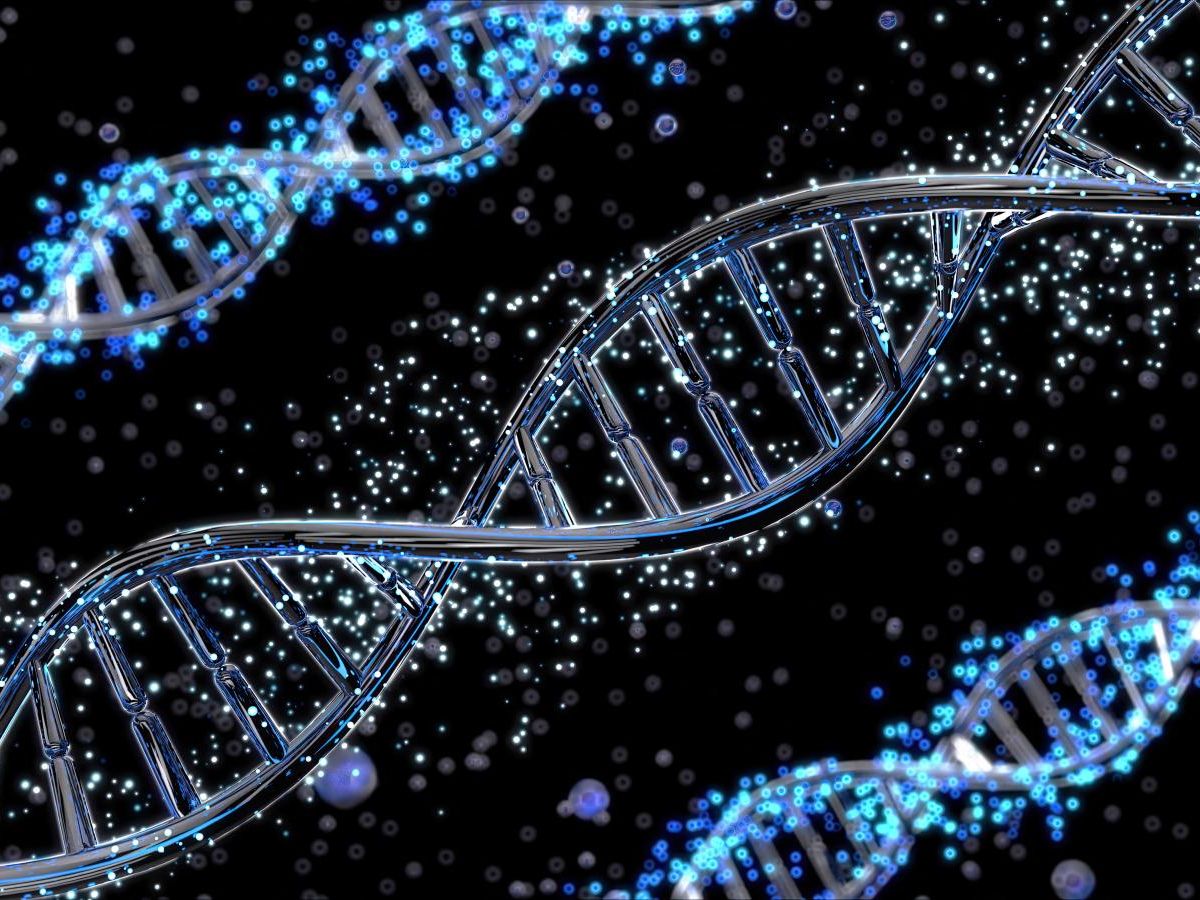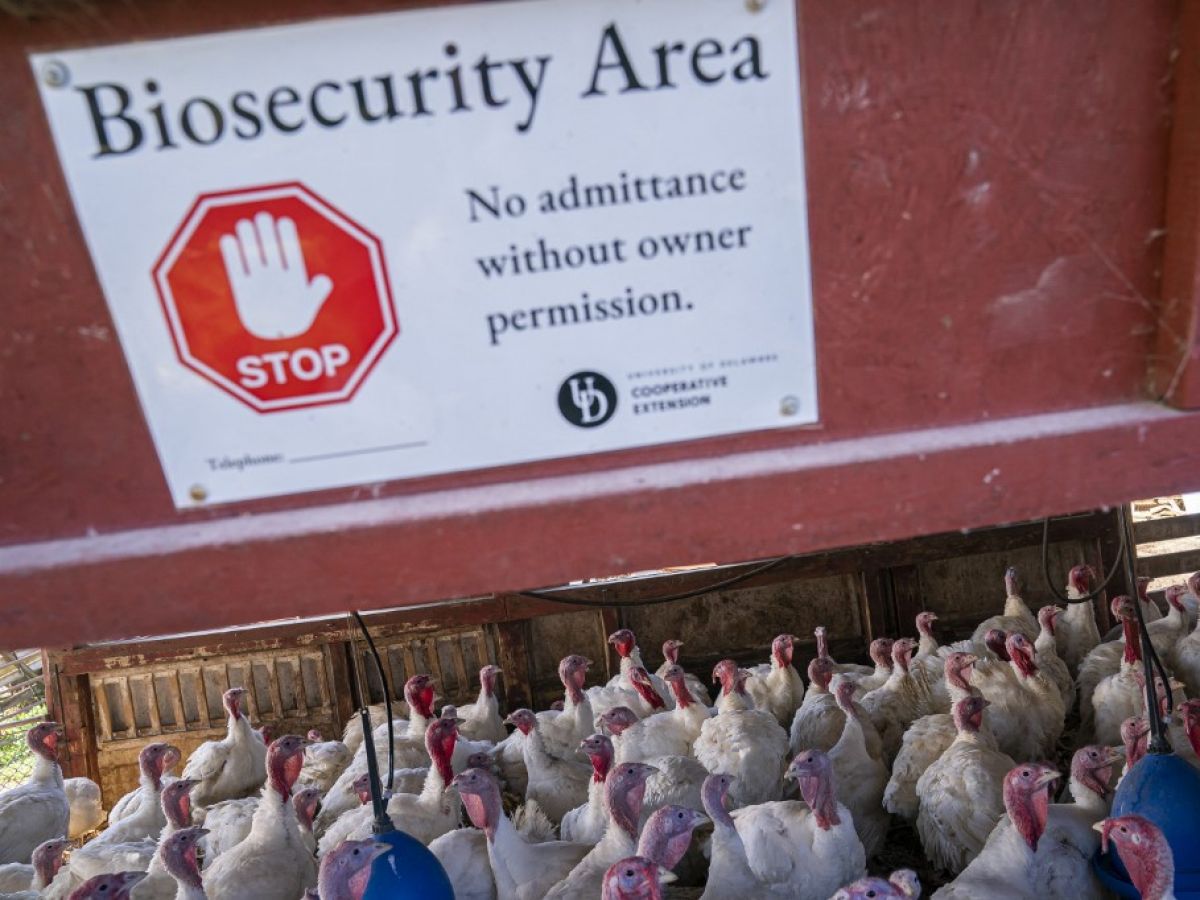Eight babies born using a new reproductive medicine technique have been born at a British clinic, the Newcastle Fertility Centre, a study in the journal New England Journal of MedicineThese four boys and four girls, aged between a few months and two years, benefited from a technology called “mitochondrial donation.” The study included 22 women with defective mitochondria, who are likely to transmit serious diseases to their offspring. Each year in France, there are approximately 200 new cases, and one in 5,000 newborns is born with mutations in their mitochondrial DNA.
Mitochondria are small organelles found in nearly every cell in the body. They contain specific DNA that codes for about ten proteins. Their number and size vary greatly depending on the organ. While red blood cells don't have them, there are more than 5,000 in a single muscle cell of the heart. Thus, the most energy-intensive organs are best equipped: the heart and muscles in general, but also neurons.
Mitochondrion provides essential fuel to the cell
Often referred to as the cell's powerhouse, a mitochondria uses the oxygen we breathe and the nutrients we consume to produce ATP, the cellular fuel, and thus provide our organs with the energy they need to function efficiently. When mitochondria are defective, organs are consequently insufficiently supplied with energy, leading to a host of extremely varied diseases, and sometimes fatal when the deficit in functional mitochondria is too significant. The severity of symptoms thus depends closely on heteroplasmy, or the ratio between defective mitochondria and healthy mitochondria.
Illustration of a mitochondria. Credits: KATERYNA KON/SCIENCE PHOTO LIBRA / KKO / Science Photo Library via AFP
Read alsoHow mitochondria, vital to our cells, are able to self-repair
Babies carrying three DNAs, that of their parents and that of the donor
Because an individual's mitochondria are only passed on by their biological mother, the technique of "mitochondrial donation" is designed to prevent an embryo from inheriting them. To achieve this, after fertilization with their partner's sperm, the nuclei of the patients' eggs are transferred into other fertilized eggs from which the nuclei have been removed. This results in embryos containing DNA from both parents plus the donor's mitochondrial DNA.
So far, only the United Kingdom (since 2015) and Australia (since 2022) have legalized the use of this reproductive medicine technique.
Of the 22 women who participated in this study, 40% gave birth to babies. All eight newborns are healthy. Three of them developed transient symptoms, all of which have resolved and do not appear to be related to mitochondrial diseases.
Read alsoWe finally know why we only receive mitochondrial DNA from our mothers
A reversion problem to monitor closely
However, the technique raises some questions. When the patient's nucleus is extracted from the egg and transferred into a healthy donor egg, it can inevitably bring with it some defective mitochondria, especially if the mother's heteroplasmy is high. While for six of the newborns, the presence of pathogenic mitochondrial DNA was reduced by more than 95%, this benefit was only 80% for two of them.
However, work carried out on embryonic stem cell lines has shown in the past that a still unexplained reversion phenomenon can occur during which pathogenic mitochondrial DNA can gradually take over from healthy mitochondrial DNA and become the majority within the cells. For this reason, the researchers behind this work emphasize that the eight children will have to be subjected to rigorous monitoring until the age of five to ensure that these reversion phenomena do not occur.



